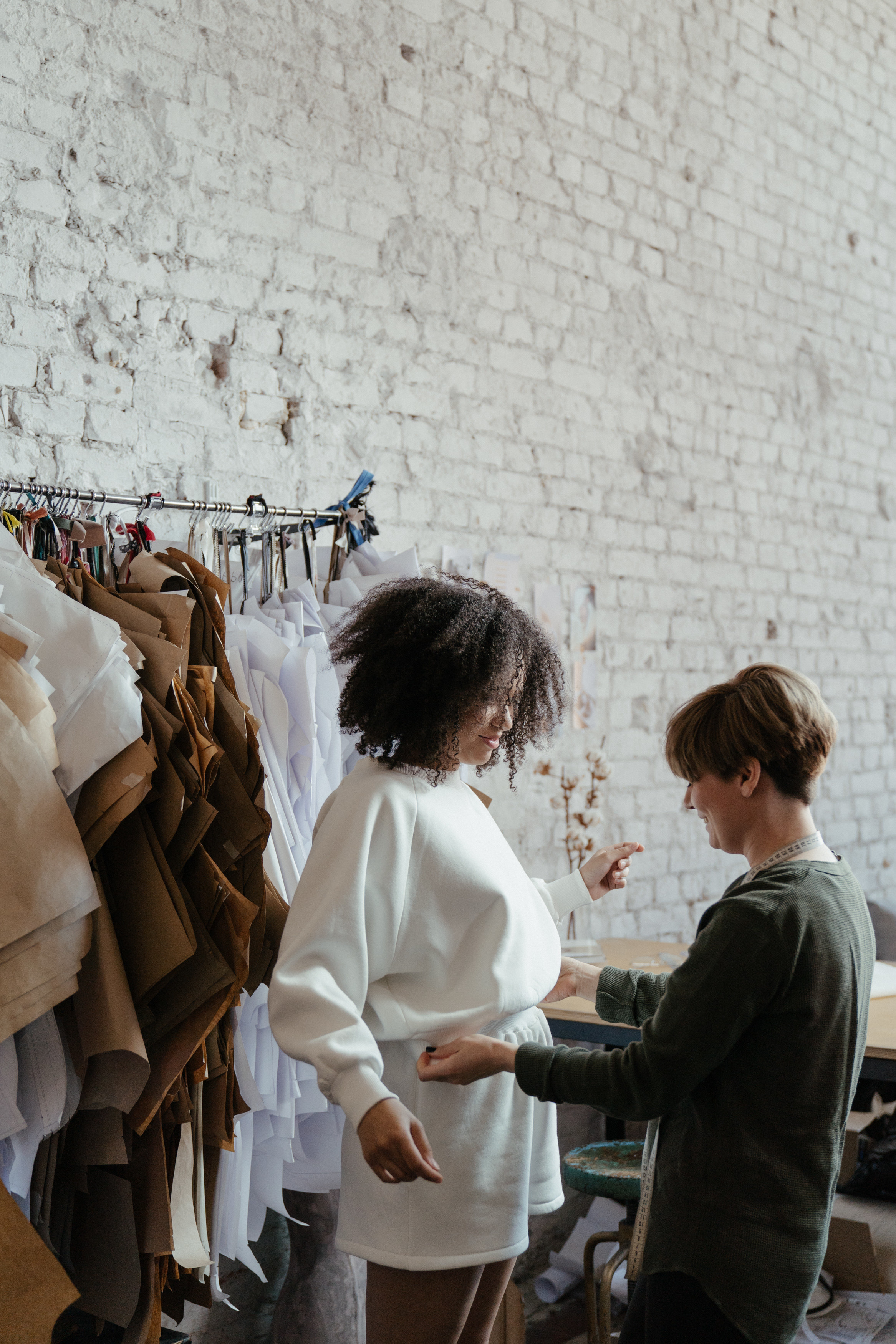If the last time you set foot in a thrift store was for an 'op shop' themed dress-up party in 2011, then you should know that things have changed while you've been away! Thrifting has taken off in the age of sustainability, and if shopping more ethically is on your list of goals, then pre-loved goodies are an excellent place to start.
1. First up, unlearn the thrift myths. Op shop clothing is not all dirty, dated or outrageously cheap. In fact, with the rise of Instagram resellers and more people choosing to make thrifting their core shopping method, the culture has become pretty competitive. Pricing for vintage gems can range anywhere from $8 to $300.

2. Be realistic and patient — know that it's unlikely you'll wander into an op shop and find a bag of gems that day. Thrifting takes quite a bit of strategy, patience and oftentimes some good ol' fashioned luck.
3. So, what's the strategy? Well to start, write a list of what's missing from your wardrobe and start with just one thing that you know you want. Build a Pinterest board or take screenshots of how you like it styled to give you a clear idea of its purpose in your wardrobe. And then don't settle!
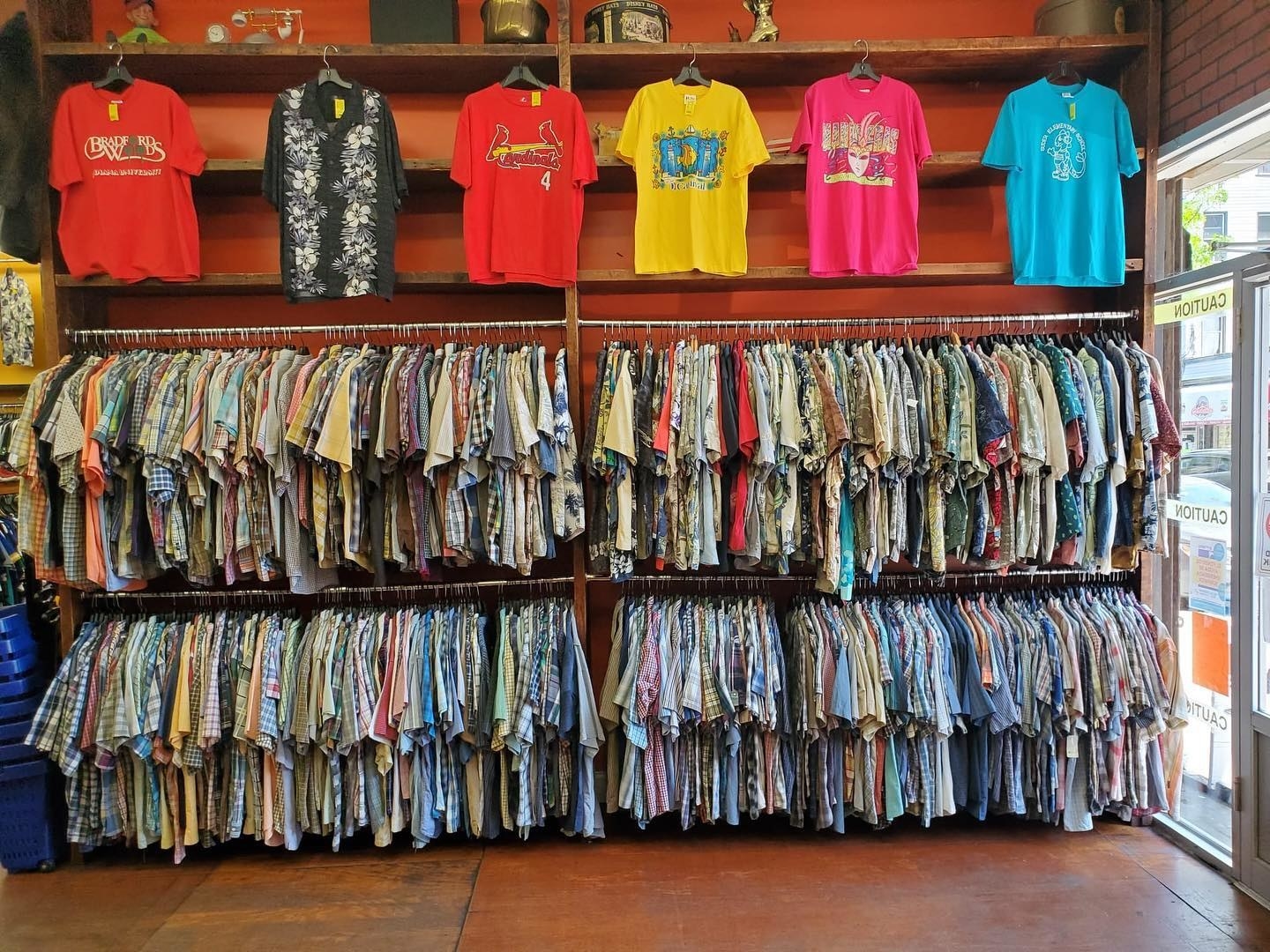
4. Go during the week and in the middle of the day, rather than on weekends.
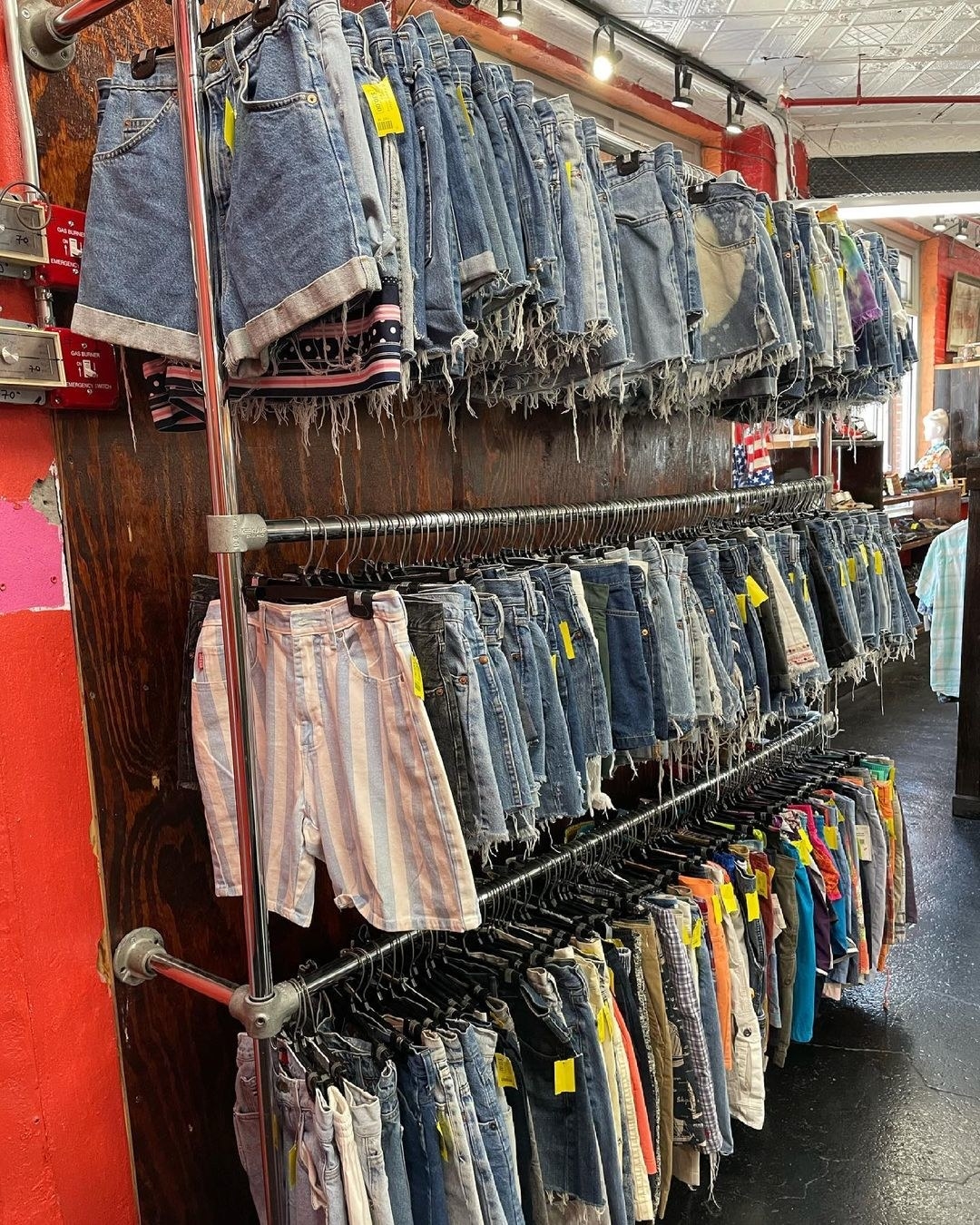
5. Wear something basic, like jeans and a tee. This makes it easier for you to mix and match different outfit combinations with new pieces and see how they work with what you already have.
6. Keep your hands free. Wear a cross-body bag, or don't bring a bag at all. This makes it much easier for you to sift through stock, especially if the op shop is a little disorganised.
7. Start small. If you're new to thrifting, a big Salvos warehouse will feel intimidating. Red Cross and Lifeline are smaller, curated op shops that have nice quality garments, which are colour-coded and accessible for first timers.
Just walked past an op shop in my area. There’s a Sass and Bide dress for $40 😱 I want it. Also, I love a hidden treasure at an op shop. This one always has good stuff.
To avoid feeling overwhelmed, you can even start with just one section of the shop. If you're looking for a new jacket, only check out the jacket section. There's no need to turn a whole store upside-down, and it would be a tiring first-time experience.
8. Check out church op shops. They often price their pieces low, and they are known for having rare gems amongst their stock.
Went to local church run OP shop yesterday. Bought myself a nice cosy nana winter vest.
Older people often donate quality garments to their local church, so they can be a goldmine. One generation's give-aways are another generation's new treasures.
9. Go outside of your local area. Of course, affluent areas are always a safe bet for quality vintage goods. But also consider stopping in a regional town the next time you take a road trip as country op shops often have hidden gems.
On the upside, which suburb in Sydney has the most rich, unhappy women searching for fulfilment? Let's go on a Vinnies tour. We'll. Clean. The. Fuck. Up. #KonMari
Get in loser, we're going thrifting.
10. Don't buy something because it's cheap or quirky without considering how it fits into your wardrobe. Here's a rule: Imagine yourself wearing the garment three different ways. If you can visualise getting a lot of wear out of it, it's likely a great purchase. If you think you'll never wear it outside of an ugly sweater party, leave it behind.
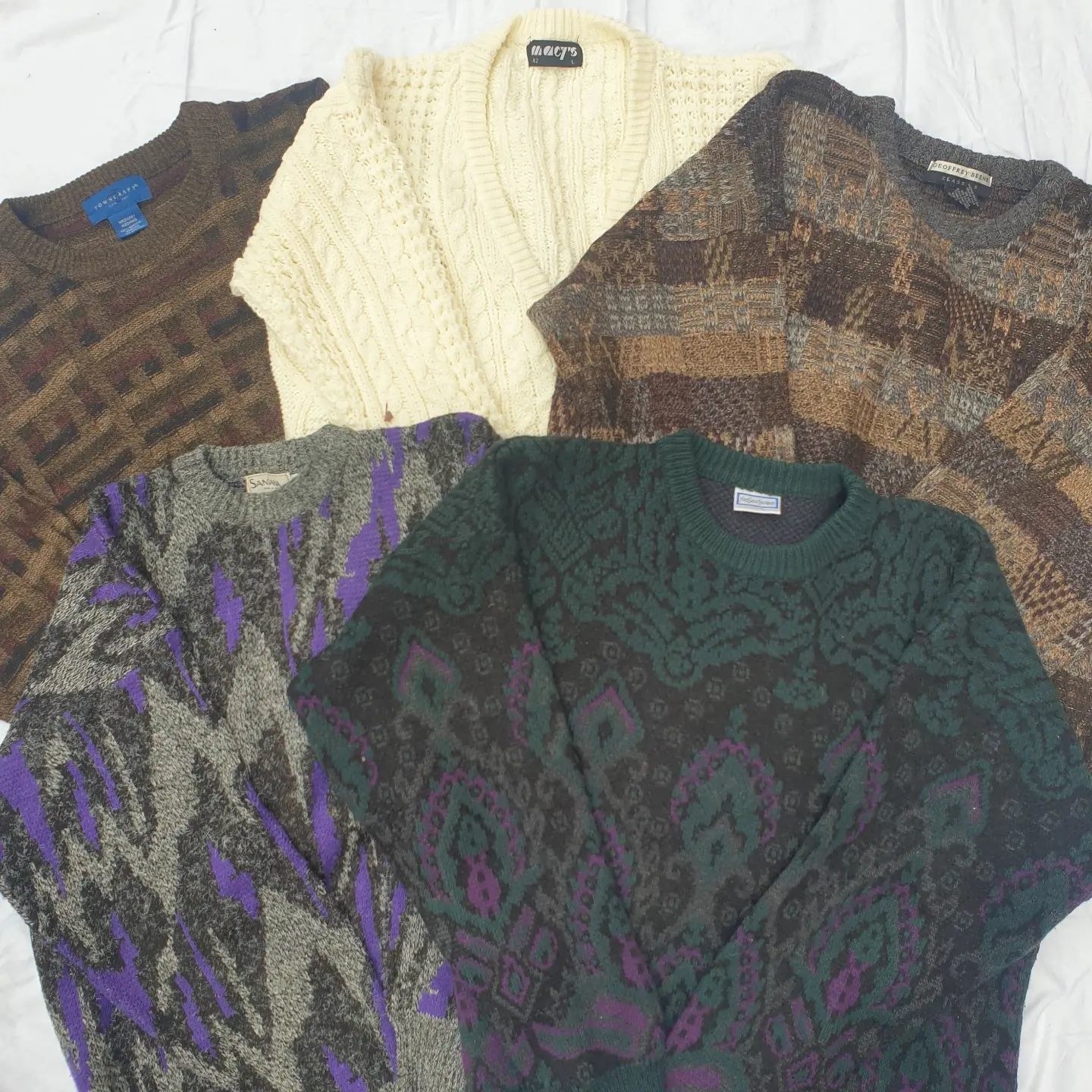
11. Don't forget to check out the men's section! Volunteers who work in op shops will sometimes put real gems like authentic Levi's, vintage blazers and quality button-downs for women in the men's section by accident. For those items, it's always worth a look!
12. Try on anything you want to buy. You need to make sure the cut and fabric works for your body, and check the sizing. Sizing varies greatly in op shops with older clothes, as a vintage size 12 might best fit a modern size 8 or 10. Moral of the story; you gotta try it on.
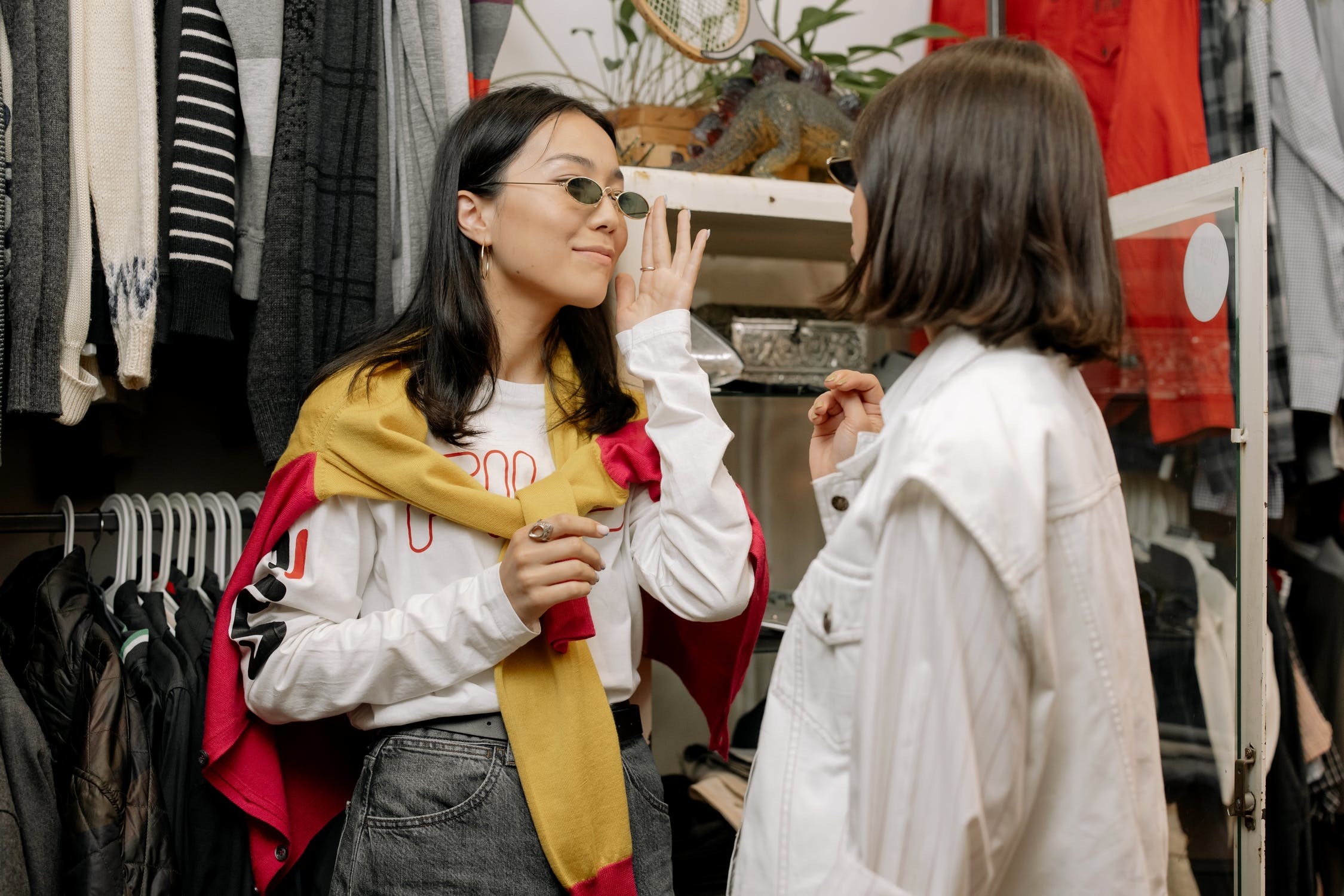
13. To know when you've found a gem, check the fabric tags. Anything made of natural fibers (silk, linen, wool, mohair, etc.) is a great start. Next, check the price against the quality of the garment: the stitching, the condition. You can research the cost of a similar item from the same brand online to get an indication and decide if it's a bargain.
14. If you like something but it has a small mark or hole, don't overlook it. For a quality garment that will last years, it's worth having it dry-cleaned or repaired. Usually, op shops are willing to drop the garment price to account for cleaning or restoration costs, so just ask!
